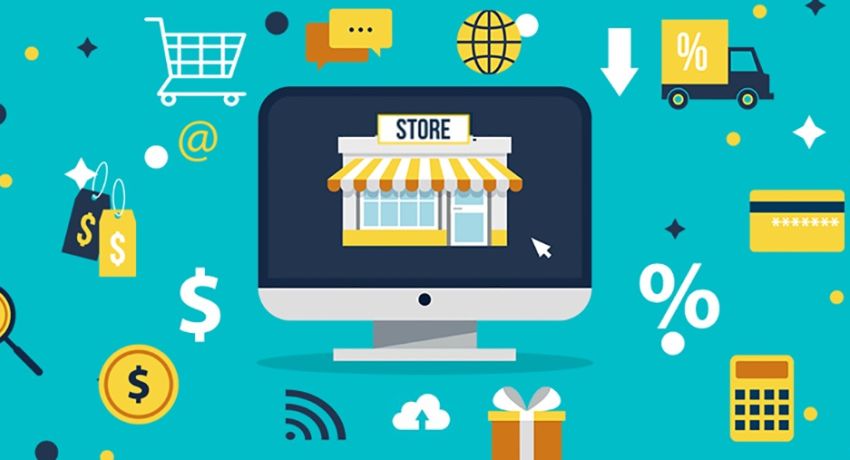Since the start of the pandemic, the ecommerce market has experienced unprecedented growth. The so-called “pandemic effect” generated large spikes in online shoppers, drove many new consumers to the industry, and accelerated the arrival of ecommerce business formats like online grocery shopping and last-mile deliveries.
The industry as a whole looks quite different than it did prior to 2020, and emerging trends suggest ecommerce will continue to evolve at a rapid pace in the future.
In our new Key 2022 Ecommerce Trends report, we studied the depth of the ecommerce boom in 2021 and highlighted some trends that will shape the future. The insights we uncovered have value for any business hoping to thrive in an increasingly digital world.
In this post, we offer a brief overview of the top findings from the report. Be sure to also check out the full report for the full range of data-driven insights.
Will the Ecommerce Market Continue Growing?
In dollars, the ecommerce industry has seen double-digit growth rates for the past decade. Industry traffic has followed a similar pattern with shoppers increasingly moving to online platforms to do their shopping.
COVID only fueled this trend. Year-over-year (YoY) traffic trends across the entire industry rose 73% from 2019 to 2022. If we look at the hottest months for ecommerce—namely, the winter holiday months—we see significant increases. Traffic in December 2021, for example, reached an all-time high.
But the question remains: will growth continue to boom as we move through 2022 and beyond?
Traffic data shows that while interest in online shopping platforms is at all-time highs, it may be cooling off. YoY traffic growth in 2020 was at 23%. A year later, in 2021, growth stood at 29%. So far in 2022, we've only seen a 9% increase in traffic, drastically lower than 2021's total of 29%. By the end of 2022, however, the traffic increase could turn out to be significantly higher than 9%, especially after holiday shopping. But with looming economic concerns, this year’s increase may be a bit more modest.
For ecommerce businesses, this could mean simply relying on overall market expansion as a driver for business growth is no longer a viable strategy. As market growth slows, you should refocus your marketing strategy on winning more market share.
What Regional Variations Impact the Ecommerce Industry?
While the majority of online shoppers and top brands come from the US, our new Key 2022 Ecommerce Trends report takes a comparative view of the ecommerce landscape across the globe. By looking at global stats alongside regions individually, we’ve assessed the depth of regional differences to see how the trends vary from the top-performing region to other locales.
Top Players Across the Globe
While major players like Amazon dominate the ecommerce market in almost every country, there are some regional nuances.
Amazon is the #1 ecommerce brand across North America and Europe. But when we look outside of the Western hemisphere——MEA (the Middle East and Africa), LATAM (Latin America), and APAC (Asia-Pacific)—the picture appears a bit different.
Amazon makes it into the top 3 across non-western regions, but other top market players are more local.
Source: Semrush

